Sigma has faced a bit of an uphill battle with the FE versions of their ART series if the anecdotal feedback I have received is a valid indicator of the market. Size matters, and the ART series lenses were already typically either the largest and heaviest in their class or close to it…and that was on the larger DSLR bodies from Canon, Nikon, and (to a much lesser extent) Sigma. Sigma’s decision to retrofit a number of its ART series lenses with new FE versions was one that I both applauded and criticized. I’m all for choice, and, since I own several Sony cameras, I was glad for more native options there…though it is debatable how “native” these retrofitted lenses are. They are essentially modified versions of the DSLR lenses with a built-in adapter for Sony mirrorless. Sigma’s MC-11 lens converter is already my favorite lens adapter, and the Sigma ART series in a Canon EF mount were already the easiest and best lenses to adapt to Sony mirrorless bodies, so Sigma took it a logical step forward by essentially building a dedicated adapter into each lens within a longer housing to allow both the proper “flange distance” (more on that in a moment) and for a more complete sealing of the lens (the MC-11 does not feature any weathersealing.) The final designs are clean and functional, but with one serious caveat – the FE versions are both larger and heavier than their DSLR counterparts.
Gulp.
Hardly the right direction, considering that mirrorless bodies are, by nature, smaller and lighter.
Some of it was unavoidable. The Sigma MC-11 does not just enable proper communication for a Sony body to control the autofocus and aperture iris of a Canon EF lens, but it also moves the elements the appropriate distance from the sensor of the Sony system so that, for example, infinity focus is achievable. The lack of a mirrorbox in a mirrorless camera means that the sensor is much closer to the front opening of the lens mount. If you look into a Canon or Nikon DSLR (and lift the mirror), you will notice that the sensor is quite deeply recessed from the lens mount. On a Canon EOS camera (EF mount), the flange distance (from the lens mount to the sensor) is 44mm. On a Sony E-mount mirrorless camera the flange distance is only 18mm. Lens that are designed for E-mount will take that into account, but in this case the original design is for that EF mount, so the elements are all in the wrong position and need to be moved away from the sensor to properly align. The byproduct of this is that the lens housing must essentially include a spacer roughly the thickness of the MC-11 built into the lens, which is what we find. The extra lens housing and electronics to adapt the lens mount add weight, and the byproduct is that all of these ART series lens are heavier by roughly 100g and grow in length by around 25mm.
Now some people don’t mind size and weight, and it is for these people that I’m thankful for the FE versions of the ART series, as the ART series has always represented a strong value when you examine the performance-to-price ratio. Sigma has not increased the price of the ART series lenses on Sony FE, which is meaningful when one considers that there is extra manufacturing these lenses along with increased internal complexity. These lenses remain a strong value when compared to competing lenses, and that is particularly true on Sony E-mount, which has both 1) fewer lenses compared to the DSLR market and 2) many Sony E-mount lenses are more expensive than their DSLR counterparts. I think it makes sense for Sigma to make this move, as it gives them a chance to leverage some optically excellent lenses into a new system and thus expand the market for them.
These lenses are not for everyone, however, and I think it is imperative for Sigma to augment these releases with some dedicated lenses for Sony FE. I’ve reviewed all of their DN series lenses for Sony APS-C E-mount, and have been impressed by a number of them (and own a few of them), so I know that Sigma is capable of doing so. It is still very early in the development cycle for the brand new Nikon Z-mount and Canon RF-mount systems, so it remains to be seen whether or not Sigma, Tamron, and others will be able to develop cross-platform lenses for these three systems. Interesting days are ahead, though, I’m sure.
The Sigma 24mm f/1.4 DG HSM | ART was, I believe, the only ART series lens that I missed reviewing when it was initially released. In the past few months Sigma has been releasing new versions of its ART series in Sony FE (full frame E-mount), so I thought I thought I would kill two birds with one stone by both reviewing a lens that I had missed and also expanding the sample size of ART series on FE lenses beyond the 50mm f/1.4 ART Review on FE I did a few months ago. The 24mm focal length is obviously a very popular one, and combining a great focal length with a great maximum aperture of f/1.4 really expands the creative opportunities. Sigma had this Sony FE market at this focal length and aperture value to itself for a few short months, but Sony has already thrown a bit of a monkey wrench into the 24 ART’s market by announcing the new 24mm f/1.4 G Master lens. That comparison will be interesting, for the new GM lenses costs 60% more but the 24 ART weighs 73% more. If my past experience bears true, the optical performance will be competitive between the two lenses, with some give and take from them both. I’ll probably revisit this when I review the 24 GM lens in the future.
So if size and weight and not deal-breakers for you, this lens will surely be interesting if you are looking for a high performance, huge aperture prime lens at this focal length. Read on to discover the pros and cons of Sigma’s offering.
Prefer to watch your reviews? You can view my full video review here:
Check me out on: My Patreon: | Google+: | Facebook: | Twitter: | Flickr: | 500px: | Sign Up for My Newsletter :
Sigma 24 ART Build and Design
There are some minor modifications to the 24 ART in the new FE version that we’ll highlight here, but this is also an instantly familiar lens to anyone who has used any of the Sigm ART series lenses. You can get a detailed, interactive look at the lens in this video:
Sigma pioneered a unique style of its own when it launched its Global Vision look in 2013, and, while familiarity with the series has eliminated any excitement over the design language (this will be the 14th ART series lens that I’ve reviewed plus some of the Contemporary and Sport lenses that share similar design philosophy), I still feel like these are beautifully and cleanly designed lenses. Sigma has cleverly employed texture variations rather than color variations into the design language that adds both style and practicality. The ART lenses like the 24 ART have plenty of “grippy” surfaces that make it easy to handle and use the lenses.
The focus ring is wide, substantial, and easy to grip. You will also note from the photo that this lens differs from lenses purpose-designed for mirrorless (and the focus-by-wire manual focus systems they use) by the inclusion of a distance window. I don’t mind this inclusion at all, though it is worth noting that mirrorless bodies rely on difference focus aids to help enable accurate manual focus (should you use it), and so there is a good chance you won’t actually use the focus window much. This lens does not have a particularly long focus throw – particularly between 1m and infinity – so manually focusing is a bit of a chore in that range. Far more useful to most people will be the fact that the part of the frame with the active focus point will automatically magnify in the viewfinder or LCD when input on the focus ring is detected. You still probably won’t use the MF ring a lot, but this is a very useful aspect of Sony mirrorless.
Of unquestioned usefulness is the AF/MF switch on the lens barrel, which is something that many E-mount lenses do not have. I always welcome it, as it gives you a “shortcut” to making that switch without relying on changing focus modes within the camera.
The lens comes with an included lens hood and padded case for the lens, which are always welcome. The lens hood is petal-shaped, and one highlight for me on Sigma ART series lens hoods is the soft-touch transition area where the hood mounts onto the lens. The lens hood itself is fairly standard plastics, while the lens body is a mixture of metals and what Sigma calls “thermo-composite materials”, or high-grade engineered plastics. The byproduct is robust, attractive, and…heavy.
Not in an absolute sense, as the 24 ART is actually one of the lighter lenses in the ART series. The Canon version weighs in at 1.46lb (665g), but this FE version adds on a bit of weight. Sigma has proven a little coy about the weight and length of the FE versions of the lens thus far, with most retailers (and their own website) only listing the size and weight of the Canon/Nikon/Sigma versions for the FE listings, as if they are all one and the same.
They aren’t.
I had to put the lens on my own scale, but, without caps, I weighed it in at 768g, or 103grams heavier than the EF version. If there is any consolation, it is that the MC-11/EF combo weighs 24g more (the MC-11 weighs 127g), so you have technically saved a bit of weight. The incoming Sony 24mm f/1.4 GM weighs 15.7oz (445g), which means that the FE version of the 24 ART is some 73% heavier.
Ouch!
The lens also grows a fair bit in length, from about 3.55″ (90.2mm) to about 4 3/4″ (126mm) by my measurement. If you look inside the rear of the lens, you will mostly see a fair amount of space before the rear element. The sides of the inner barrel are ribbed, and I suspect that there are electronics underneath them that function similarly to those in the MC-11 except tuned for this specific lens. I’ve noted not only some improvements in the quality of focus of the FE versions of the lenses vs adapted Sigma EF lenses but also improved smoothness in the operation of things like the aperture iris. When using adapted lenses you get some extra noise when the aperture is being changed, and I’ve even seen a little quirky behavior there in the past. With the FE versions aperture changes are smooth and silent…as they should be.
While the 24 ART has not received any kind of extensive redesign to improve internal sealing, Sigma has added a rubber gasket to the lens mount to help improve dust and moisture resistance. This isn’t a substitute for true weather sealing, but it is certainly better than nothing!
The original diameter of 3.35″ (85mm) remains unchanged. The resulting lens is on the larger side of medium, and quite a bit larger than the GM lens (which is fairly close in size to the Canon EF version of the 24 ART). It’s still a moderately sized lens, though, and I didn’t have a hard time with the balance on my Sony a7R3 that I used for a test, though it should be noted that I utilize the Small Rig grip-extension on my a7R3 which does help to balance larger lenses. Up front there is 77mm filter thread, which is large but common. Here is one intrinsic advantage over the 20mm f/1.4 ART, which has a bulbous front element and cannot accept traditional screw on filters.
Like other Sigma ART lenses, the 24 ART is eligible for Sigma’s mount conversion service if you change camera systems in the future, and, while you cannot use the FE versions of the lenses on the USB dock, you can receive firmware updates by downloading them from the Sigma website and running the update through the camera body.
All told, this is an attractive, modern, well-made lens that, unlike many competing lenses, is actually made in Japan. The only real criticism is the size and weight, which definitely hit the high end of the spectrum of lenses in this class on the Sony mirrorless platform.
Sigma 24 ART Autofocus
The significant challenge for Sigma is that these ART series lenses were not originally designed with Sony in mind. I do believe that Sigma has become more conscious of the expanding role of adapted lenses on Sony mirrorless since their market share has grown, but that wasn’t as true when the earlier ART lenses (including the 24 ART) were being developed. Furthermore, my experience has been that the poorest adapting experience of the ART series has been with the wider angle lenses. Many of the normal and short telephoto options adapt to a near-native performance, but for some reason the wider angle lenses have a few more glitches.
That brings us to the advantages of the FE version. The first is that while the MC-11 often does an excellent job with adapted lenses, it is one device that needs to multitask for a variety of different focus needs. The 24 ART, like other ART lenses in an FE mount, has dedicated hardware design to bridge the gap for that specific lens from the original focus system to the unique needs and advantages of Sony’s hybrid AF system. And, with a few exceptions that I’ll detail in a moment, it does quite a good job of doing so.
There are some intrinsic advantages to Sony mirrorless focus. First of all, the need for focus calibration is eliminated. It’s a treat to mount a new lens on the camera and not worry about whether or not it is going to focus accurately. The need for the USB dock is eliminated, and I have seen the best autofocus performance out of Sigma lenses on Sony bodies that I’ve ever seen. Focus is generally accurate in a wide variety of focus situations. The lens fully supports Sony-specific attributes like Eye-AF. And, when focus is nailed, the lens is capable of some impressive results as this photo at f/1.4 and its crop show:
Unfortunately I did experience some occasional glitches where the focus would accurately lock (as I could visually confirm through the viewfinder), but inexplicably would shift away when I clicked the shutter button. Look at these two images. The focus point was set in the same place for both images, but in the first image the lens shifted away focus at the last moment to, well, nothing. Nothing is accurately in focus. In the second image I redid focus and got accurate results (on the moss-covered branch).
I had a few other occasions where something similar happened, and a few of these were even more surprising as they were at smaller aperture values like f/5.6 and f/8 where nailing focus should be very easy. The lens just didn’t get focus right sometimes, which frankly is pretty rare on Sony mirrorless.
I think this is probably a solvable problem via a firmware update, but I did want to report that it did happen on occasion, though not regularly. Most of the time I got very good focus results, even at f/1.4:
You may have noticed that some of these images show off the ability of the 24 ART to focus down very closely (9.84″/25cm). This allows for a fairly robust 1:5.3 reproduction ratio, or a 0.19x maximum magnification. That’s a useful figure, and I really appreciate the way that the close focus ability of the lens increases the flexibility of the type of images that you can create with the lens.
In AF-C mode the lens focuses silently and quickly. In AF-S or single shot modes the autofocus is still quiet, but you can hear the elements slide along a little with major focus changes. I don’t know why you don’t hear this with continuous autofocus, but I’ve observed this previously with other lenses, too. All focus modes are available, and other than the glitches I’ve previously described, the autofocus performance is very much like a native FE lens.
There’s room for improvement, obviously, but for the most part this lens does what I would want it do in terms of autofocus. It’s certainly leaps and bounds ahead of many other wide angle lenses that I’ve tried to adapt to use on Sony.
Sigma 24 ART FE Image Quality
Here is where the rubber meets the road, in my mind. When a company like Sigma elects to completely abandon the idea of building a compact lens, their lenses must stand solely on their optical performance. And, in fact, that is largely what Sigma has successfully done. Many people associate the ART brand with optical excellence. Is that true of the 24 ART, particularly since it is (by a fair margin) the largest option of its focal length in the Sony system? We’ll explore that in this section, as the answer is a little, well, nuanced. It should be noted that optical formula of the FE version of the lens is identical to Canon EF or Nikon F mount lenses, so if you are considering the lens in those mounts my observations will be equally applicable.
My coverage of image quality falls into two categories: 1) Resolution, where I cover sharpness and contrast and 2) Rendering, which looks at the global look of images in areas like color rendition, bokeh, flare resistance, chromatic aberration, etc… I would recommend that you watch the following video episode where I interactively breakdown the optical performance of the 24 ART in detail:
Sigma 24 ART Resolution
It should be noted that the 24 ART is fully supported by Sony’s in camera corrections, but I’ll be examining the uncorrected RAW images in this section to actually see the optical performance. All of the test shots are taken on a 42MP Sony a7R3 camera body, which is a fairly demanding platform for lens performance due to the high resolution. Things like distortion and vignette will be corrected in-camera for JPEGS. As we can see from the comparison below, however, there is some mild distortion (a tiny bit which remains after the Lightroom/ACR profile is applied) and some fairly heavy vignette (close to three stops in the extreme corners). The applied profile clears up the vignette nicely.
A look at the resolution and contrast shows an impressively sharp center at f/1.4 with fairly good contrast, but the edge performance is quite soft by comparison. The extreme corners are worse yet.
A look at both sides of the frame simultaneously shows that the left side looks better than the right side. This could indicate some decentering, though the 24 ART does suffer from some fairly extreme field curvature which prioritizes a very sharp center at the expense of the edge performance.
Case in point is this shot, which shows an image composed with the subject near the edge. Even when focused there, the image isn’t particularly sharp as the crop shows.
When the subject is nearer the center, however, the image is very sharp even at f/1.4:
If your photographer style includes composing within the center 2/3rds of the frame, this is a very sharp lens. If edge sharpness is a priority, however, this won’t be the lens for you.
Moving on to F2 we find that the edge sharpness improves only a bit compared to F1.4:
There is some improvement in the center, however, particular in improved contrast (due to some minor longitudinal chromatic aberration clearing up). Levels there are now exceptional, where they remain through the aperture range:
We start to see some significant improvement to edge performance at F2.8 (the center is now perfect):
Optimal edge performance (landscape aperture) arrives at F5.6, where finally the edge performance starts to more closely match the center performance, though the edges are never quite as sharp as the center at any aperture:
But there is one more strange phenomenon here. Wide open we noticed that the left side looked much better than the right side. But as the lens is stopped down and the right side improves, the left side has not sharpened at the same rate. It now looks softer than the right side (at F5.6).
In fact, as I critically reviewed a large number of real-world images, I found that I essentially never got equal sharpness across the frame. One side would always be sharper than the other, though that side might change depending on where focus was. I’m left to conclude that this lens has some centering issues, which other reviewers have also reported in the past. If your priority is shooting landscapes there are probably better choices. When I compared the diminutive (but expensive!) Loxia 21mm f/2.8 Distagon, I noted that it was the sharper lens (and more even) option for landscape work.
That’s not to say that you can’t get beautiful landscape results from this lens (I got a number of them), but when I pixel peep them I realize that I’ve definitely achieved better results with other lenses at typical landscape apertures. Here are a few landscape samples that I think look pretty great in an absolute sense:
I would say that the target market for this lens is more wedding or event shooters who need a strong center performance at F1.4.
Sigma 24 ART Rendering
We’ve looked at distortion and vignette previously, but how about color rendition, flare resistance, bokeh, and coma? Some of these measurements are subjective, so in part you may need to trust my experience with a wide variety of lenses.
Case in point is the color rendition from the 24 ART. After shooting with it for a while, I began to get a sense that the colors were a little flatter than what I was accustomed to. I felt like I needed to inject a little more vibrancy into images in post than I was accustomed to. I did a few comparisons to the Zeiss Loxia 21mm f/2.8 that I had on hand, but, to be fair, the differences weren’t as pronounced as I expected. The colors were a little more accurate from the Zeiss lens (see the grass and sky), and the vibrancy in the yellows was a little better, but I suspect most people will look at this example and wonder what I’m talking about.
At the same time, on a fundamental, instinctual level, I preferred the color rendering from the Loxia images that I took in similar situations. At the same time, like most lenses, when you start to get a sense of how they handle color, you can make some minor adjustments in post to produce color that you really like. Here’s an image that I think the color looks great on:
I did do a few extra steps in post to pump up that result, though. Here’s another that I did very little to and I think looks good, though:
I’m less ambivalent about the flare resistance, however, which I consider to be quite good. The third image in the series below is about the worst occurrence that I saw, and it showed that the lens is a little more susceptible from side flaring than straight on bright lights.
While a 24mm lens isn’t a prime “bokeh-maker”, the 24mm isn’t bad. It can focus down closely and has that huge maximum aperture, so there are a surprising amount of opportunities to create bokeh with the lens. The first example below was actually shot with the lens stopped down, and also shows that Sigma has done a good job with the aperture shape remaining round with the lens stopped down.
I didn’t notice chromatic aberrations being a significant issue (either lateral or longitudinal). The very minor amount of green fringing in this shot represents worse-case scenario during my test, and it was very mild.
Comatic aberrations (or coma) are another story, however. While the lens is capable of sucking in a lot of light at f/1.4 (always great for astro work!), it suffers from a fair bit of coma at every aperture short of f/2.8, and there are better options at f/2.8. Even at relatively short exposure times (10 seconds in the shot below), I had an issue with stars “stretching” or becoming a little more like dashes than points. I shot another lens at the same time with a similar focal length, so it wasn’t an issue with star movement. It was more of a distortion.
I saw a similar result when I did a review of the 24-35mm f/2 ART zoom lens, so it must be a “Sigma thing”. The new 14-24mm f/2.8 ART lens is vastly improved in this regard, and was the first Sigma lens that I wholeheartedly embraced for astrophotography. The 24 ART left me a little underwhelmed even at f/2.8, as star points were still not as crisply defined as what I would like.
In conclusion, the lens has some some excellent strengths, including great center sharpness, low distortion, good flare and chromatic aberration control, along with reasonably good bokeh (focal length notwithstanding).
This is countered by somewhat poor corner performance at wide apertures, uneven centering, and poor coma performance. I don’t think that any of these things are deal-breakers, but I think the people that will most appreciate this lens are those that do weddings, events, or reportage more than those who shoot landscapes or night skies. Use the lens to its strengths and I think it will reward you. Check out many more images in the Image Gallery here.
Conclusion
Ironically my time spent with the Sigma 24mm f/1.4 ART made me realize how far the Sigma ART series has come in the past three years. They’ve improved so many of the weak areas of this lens and other earlier ART series lenses, from AF performance to color rendition to coma control. I do think that the Sigma 24 ART has a role for both DSLR shooters and Sony mirrorless shooters, but the lens is essentially a series of compromises. On Sony, you are compromising size and weight to get a more reasonable price compared to the Sony 24mm f/1.4 GM lens. Optically you are compromising edge performance to get great center performance. I also noted a few focus glitches here and there along with a centering issue. This lens remains a strong value for those looking for this focal length to use at weddings, for portraits, and other events, but neither is it a home run as a multipurpose lens or dedicated landscape option. If you opt for it, do so with an intent to use it its strengths, and I think you will be happy with it. But if you are a Sony shooter looking for light and compact, you will need to look elsewhere.
Pros:
- Offers a strong value of price to performance
- Very strong center sharpness from f/1.4
- Good flare and chromatic aberration control
- Fairly low distortion
- Supports all Sony focus modes and Eye AF works fine
- Nicely constructed
Cons:
- Edge performance lags far behind center performance
- Some occasional focus glitches
- Field curvature and some centering issues
- Poor coma control
- Larger and heavier than competing lenses
Thanks to Sigma Canada for the loaner!
Purchase the Sigma 24mm F1.4 ART FE: B&H Photo | Amazon | Amazon Canada | Amazon UK | Amazon Germany | Ebay
Gear Used:
Sony a7R III Camera: B&H Photo | Amazon | Amazon.ca | Amazon UK | Ebay
Peak Design Slide Lite: Peak Design Store | B&H Photo | Amazon | Amazon Canada | Amazon UK
BenQ SW271 4K Photo Editing Monitor – B&H Photo | Amazon | Amazon.ca | Amazon UK
Adobe Photoshop Creative Cloud 1-Year Subscription
Alien Skin Exposure X2 (Use Code “dustinabbott” to get 10% anything and everything)
Purchasing your gear through B&H and these links helps fund this website and keeps the articles coming. You can also make a donation here if you would like. Visit my Amazon page for some of my gear of choice! Thank you for your support.
Great News! I can now offer a 5% discount on all purchases at Amplis Foto, Canada’s Leading Photographic Supplier. Please enter discount code: AMPLIS52018DA in your cart. It is good for everything in your cart, and is stackable with other coupons, too! It will take 5% off your entire order! Proceeds go towards keeping this site going and providing you with new reviews!
Check me out on:
My Patreon: | Google+: | Facebook: | Twitter: | Flickr: | 500px: | Sign Up for My Newsletter :



Use Code “DUSTINHDR” to get $10 off ($15 CDN) Luminar and/or AuroraHDR
Keywords: Sigma 24mm, Sony FE, Sigma 24mm 1.4, Sigma 24mm F1.4, f/1.4, Review, ART, Sony a7R3, Sony a7riii, Dustin Abbott, Sigma 24mm Review, Sigma 24 ART Review, Sigma 24 1.4 Review, Coma, Sharpness, Chromatic Aberration, Autofocus, MC-11, Emount, E-Mount, Hands On, Video Test, Sample Images, 24mm GM, 24mm 1.4 GM, 24mm, 1.4, G Master, GM


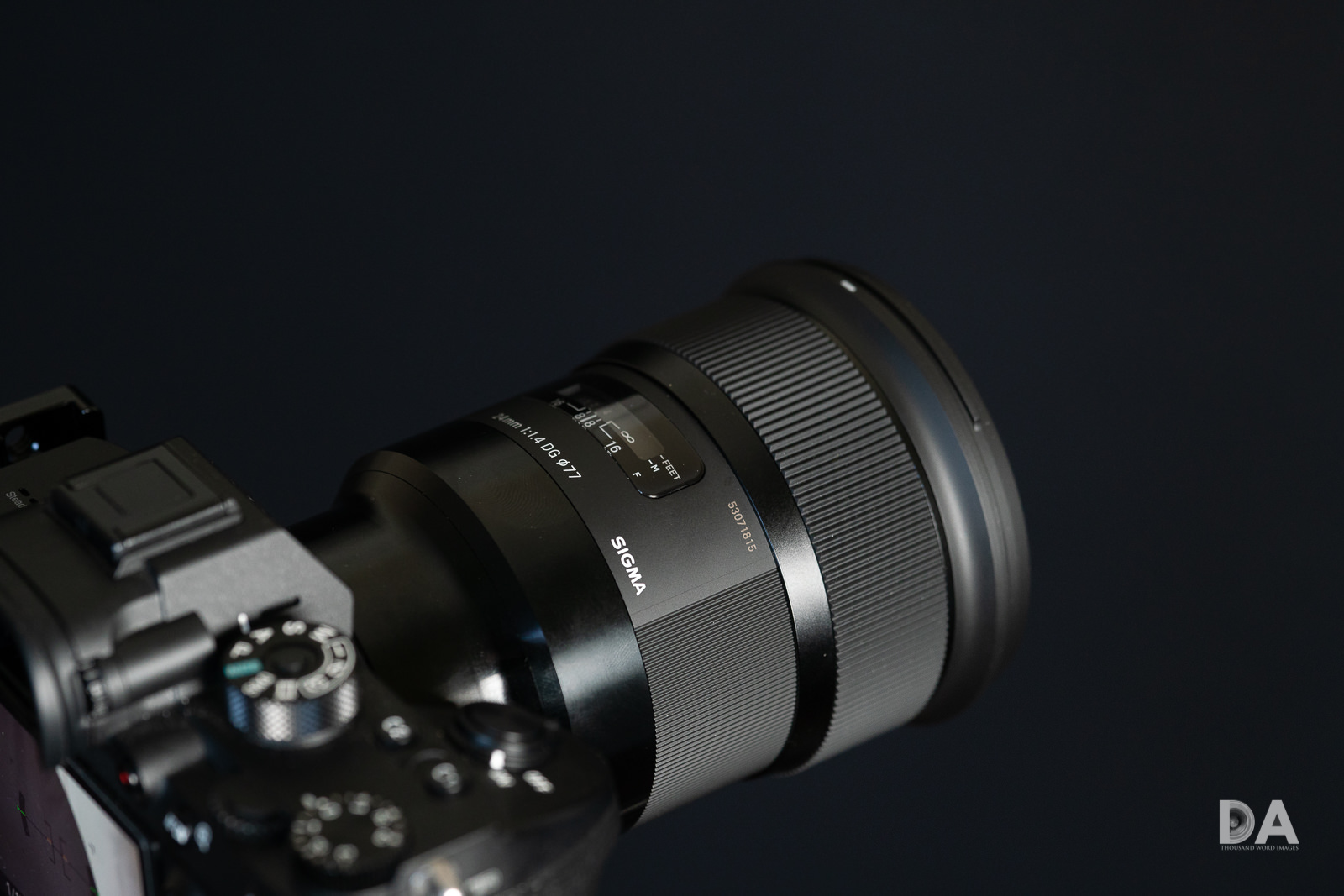
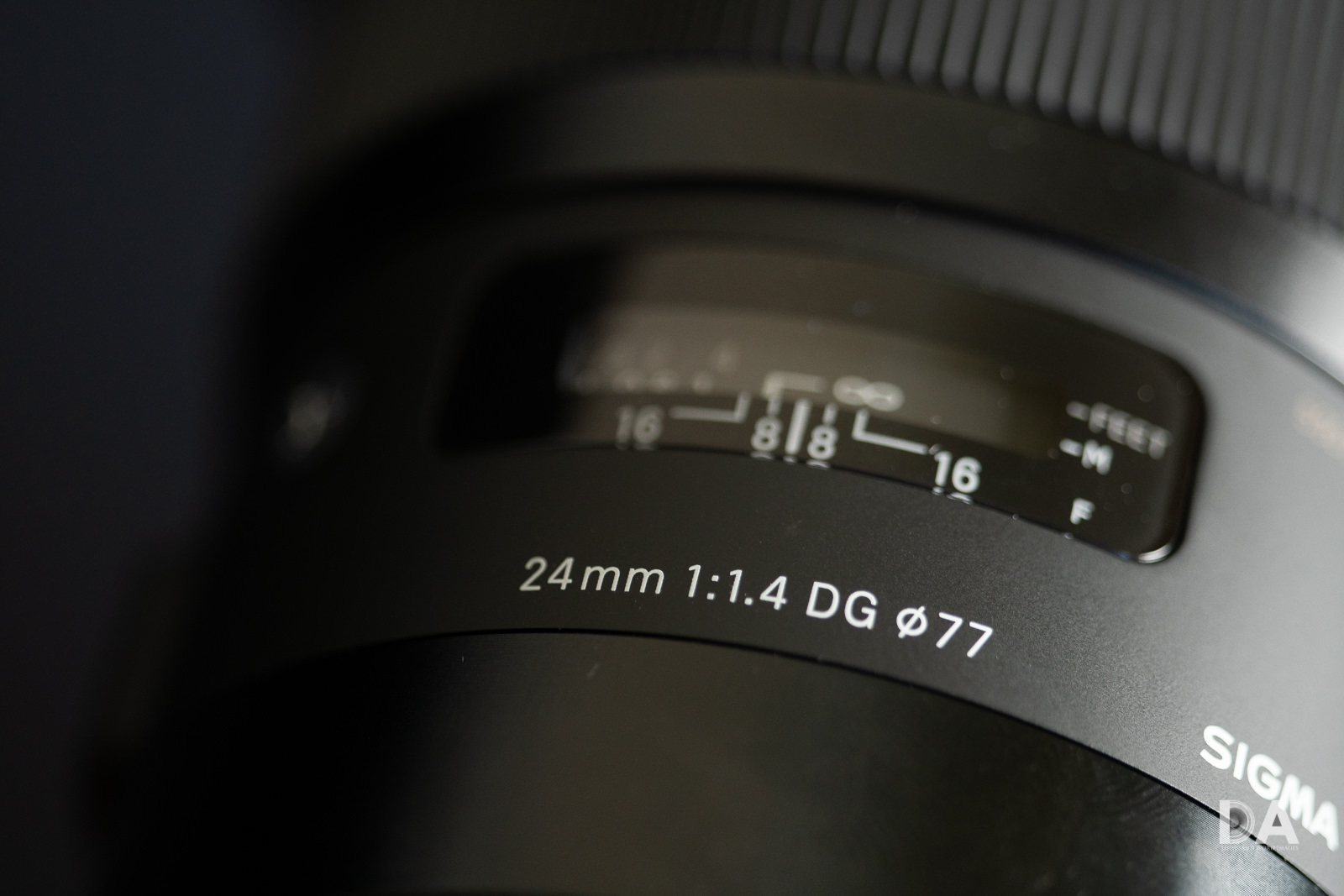
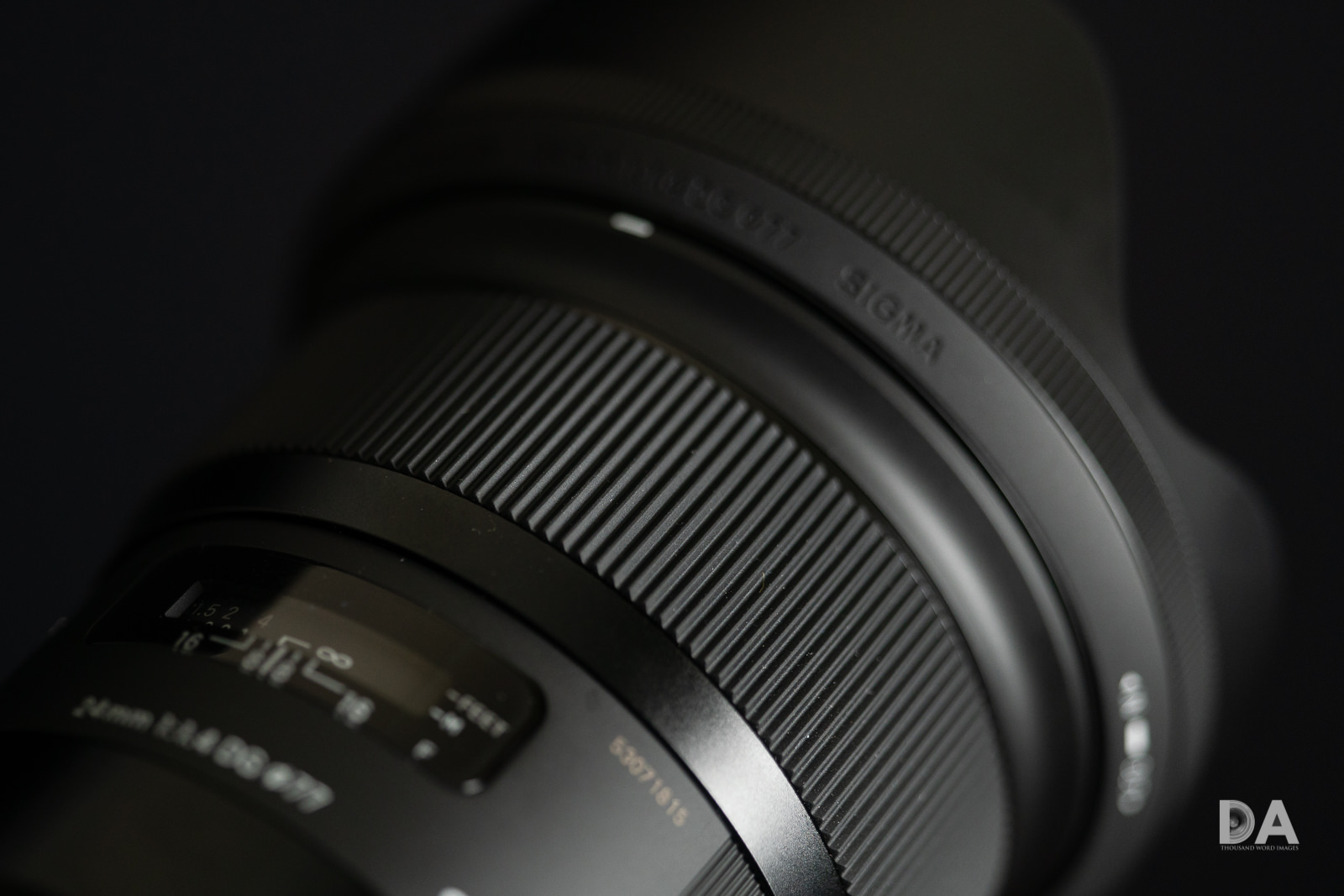
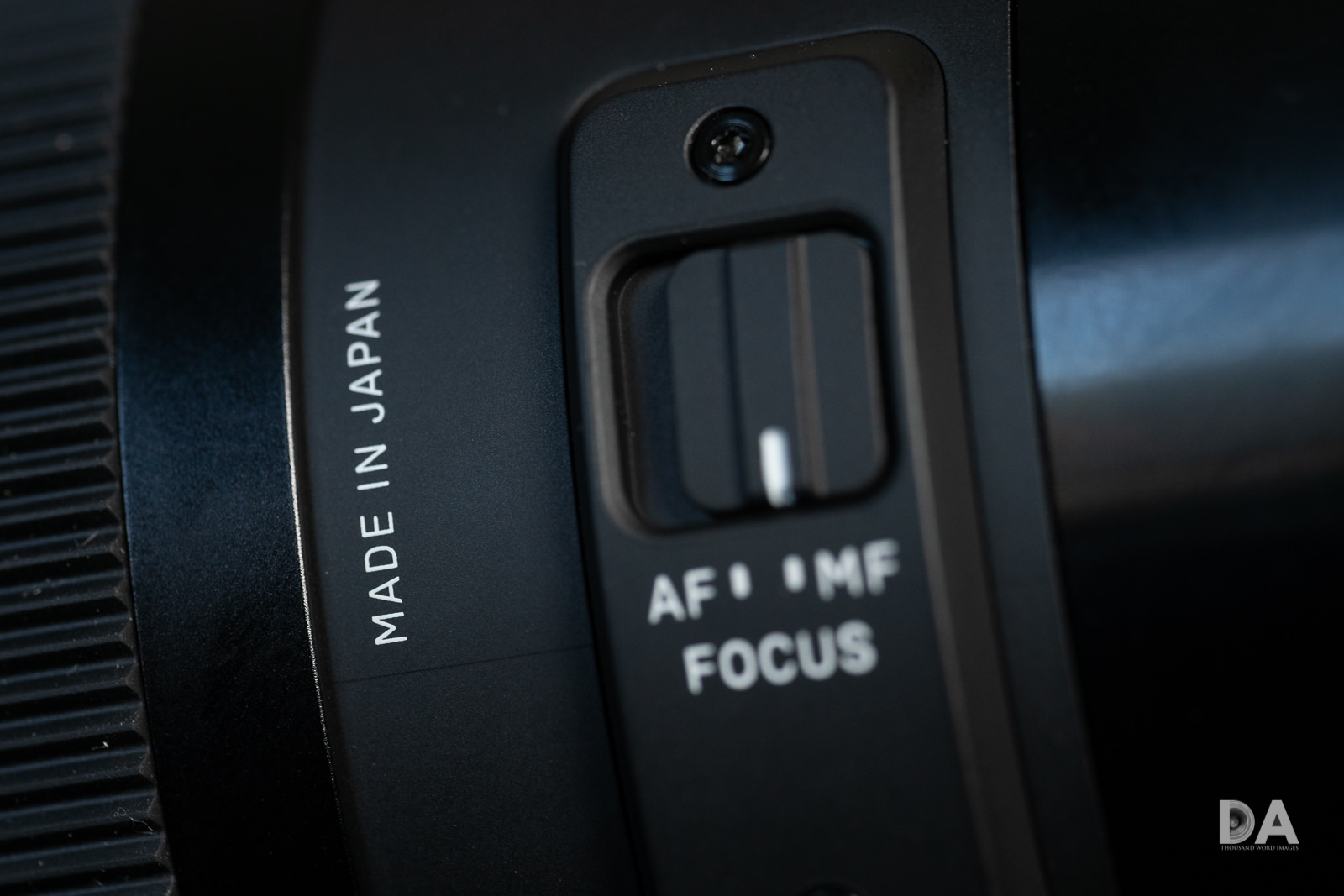
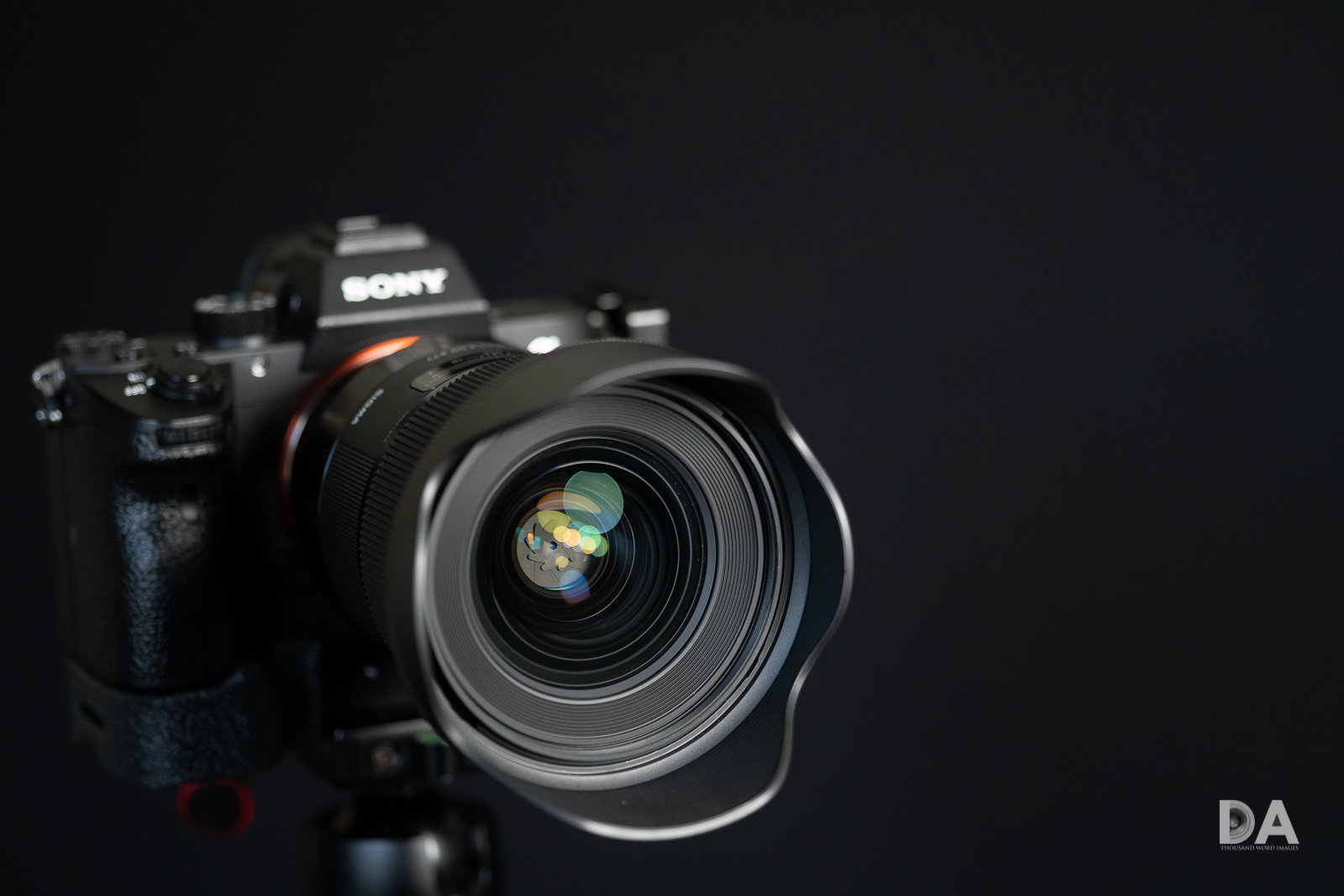
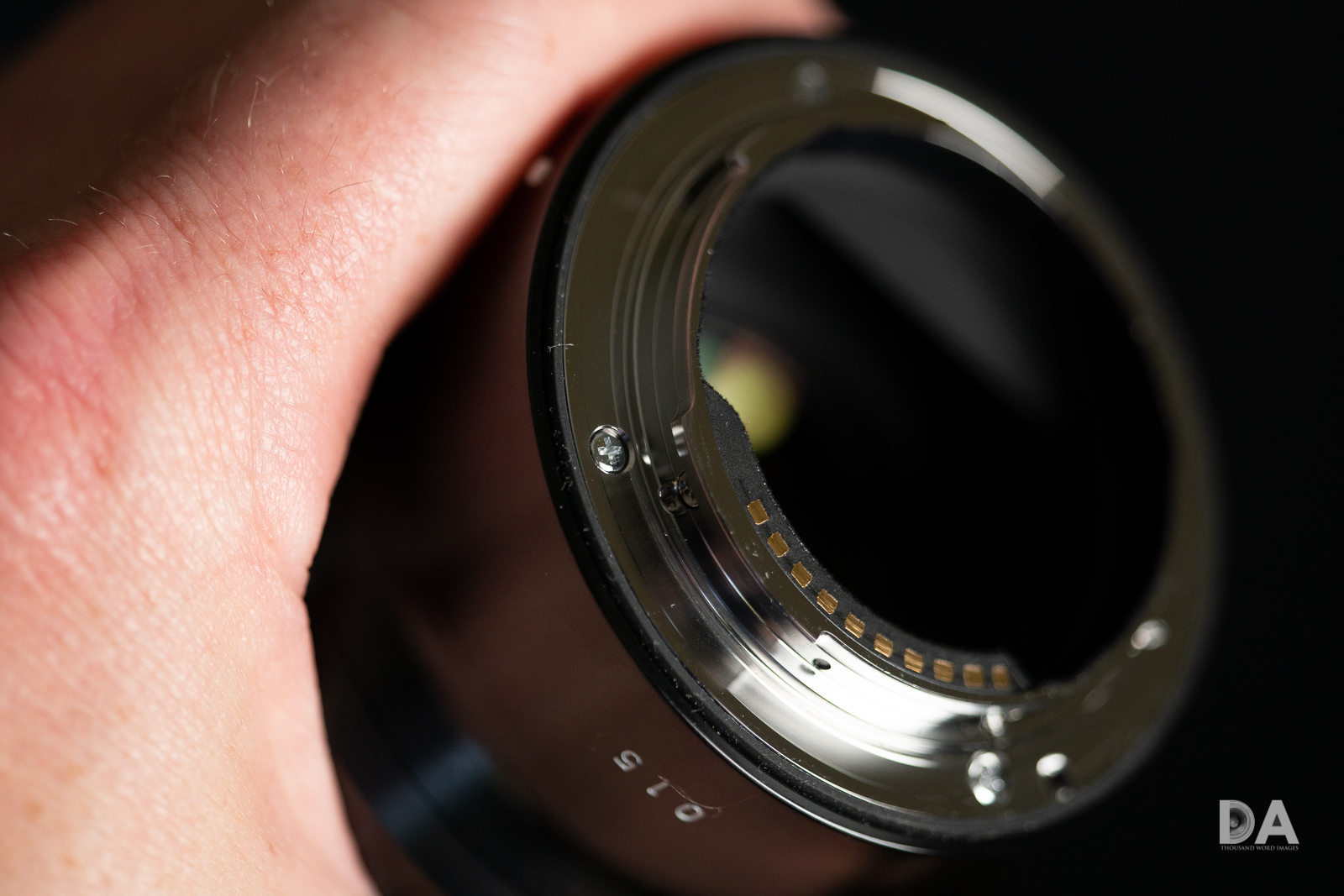
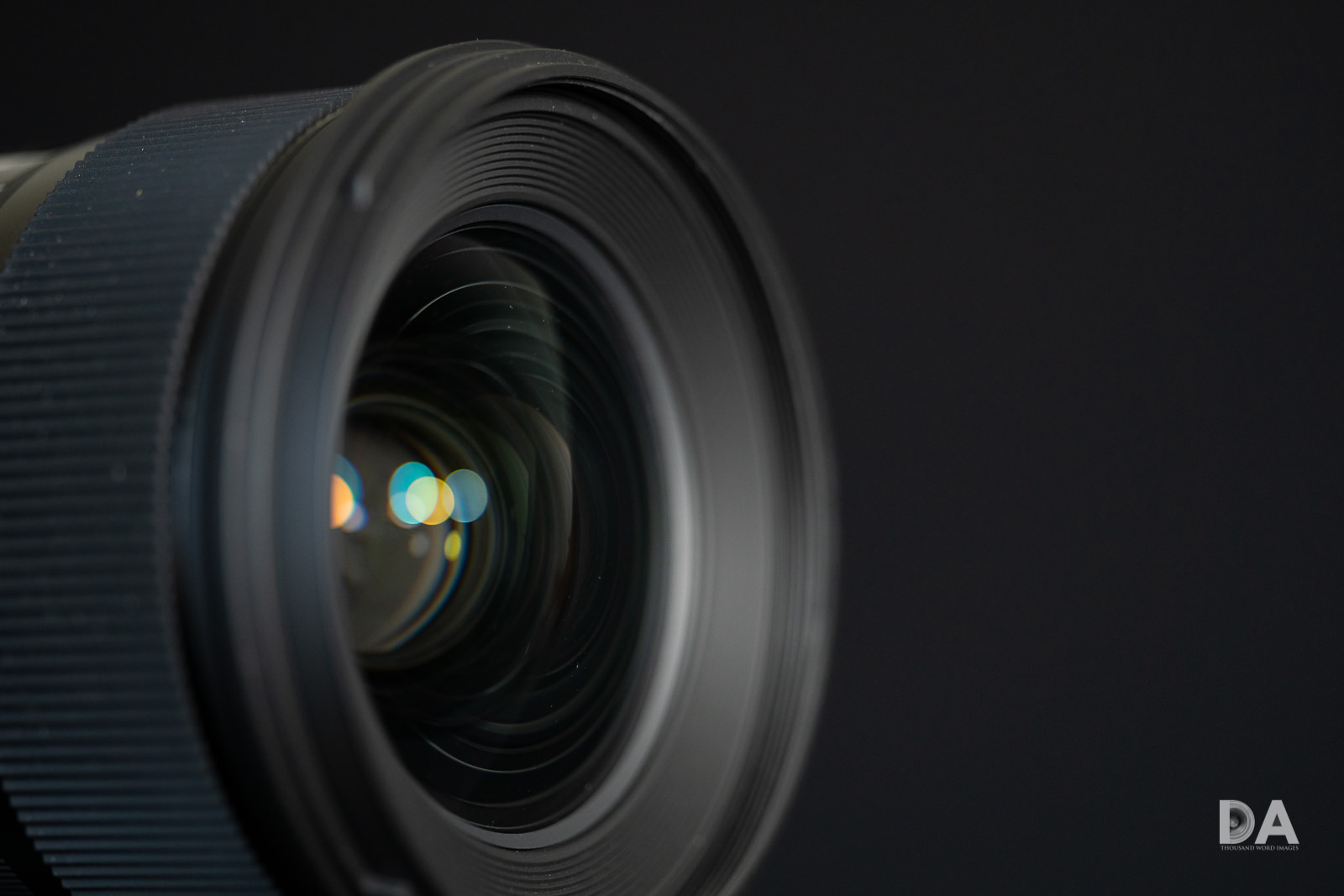
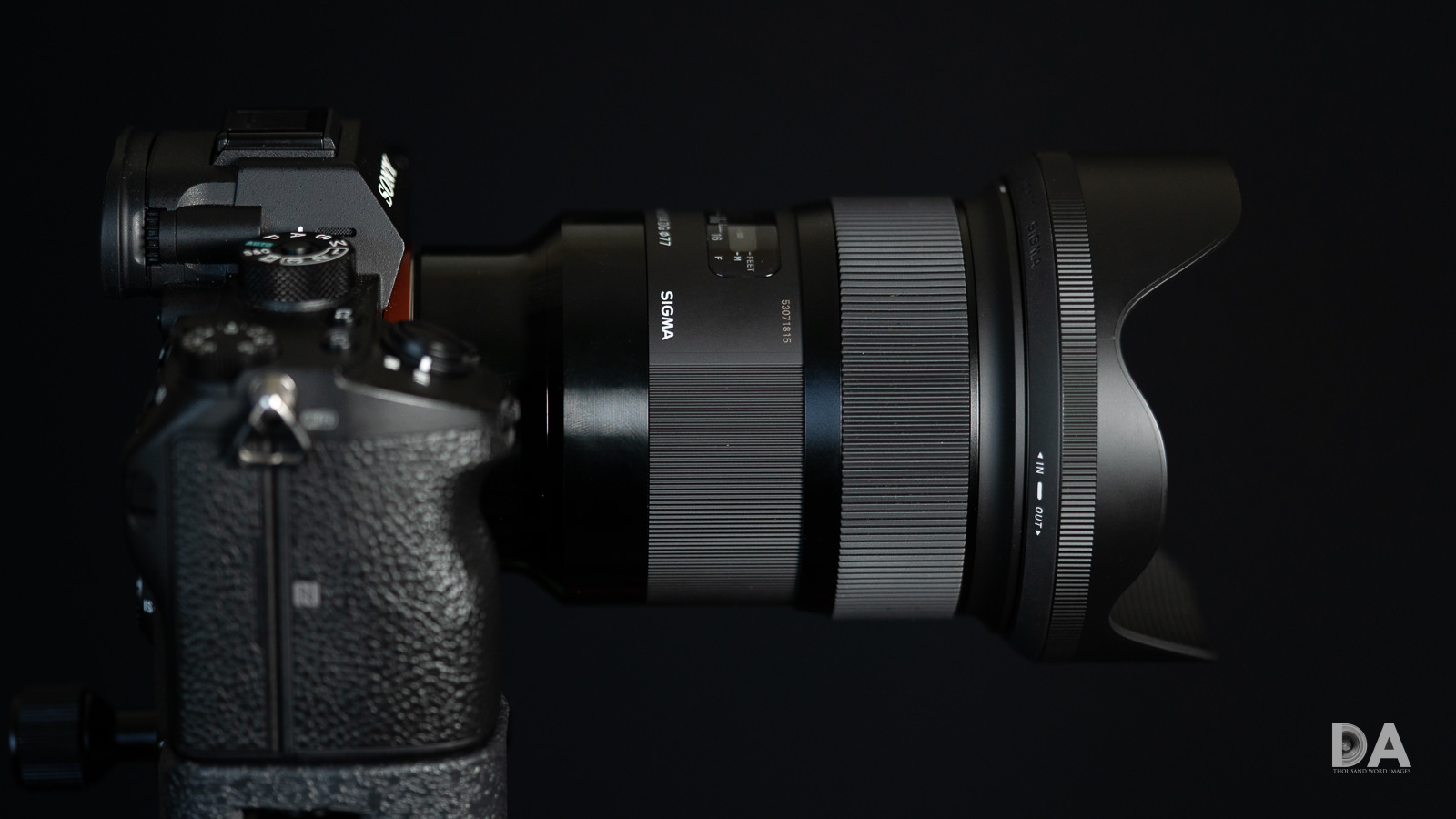















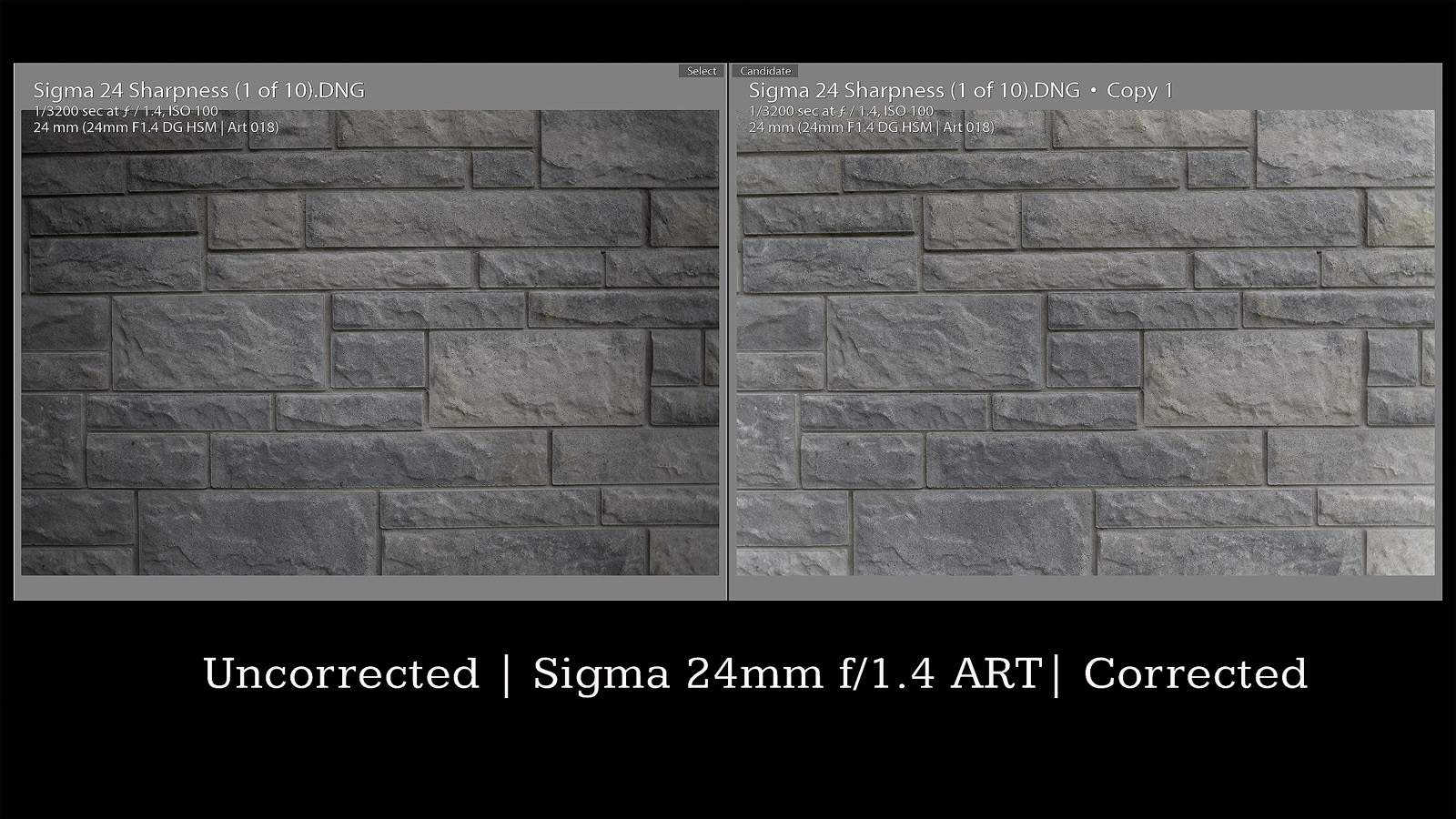
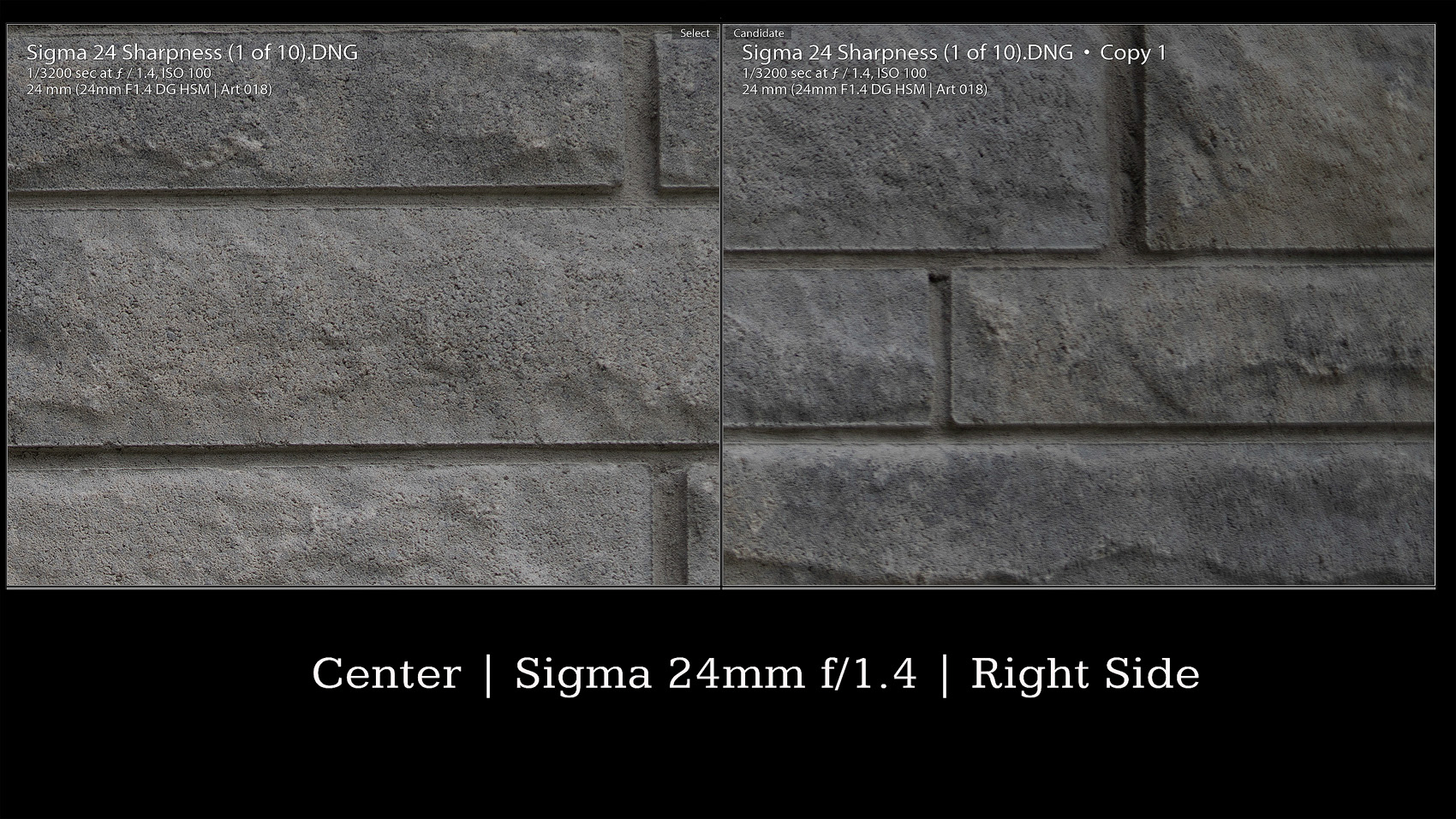
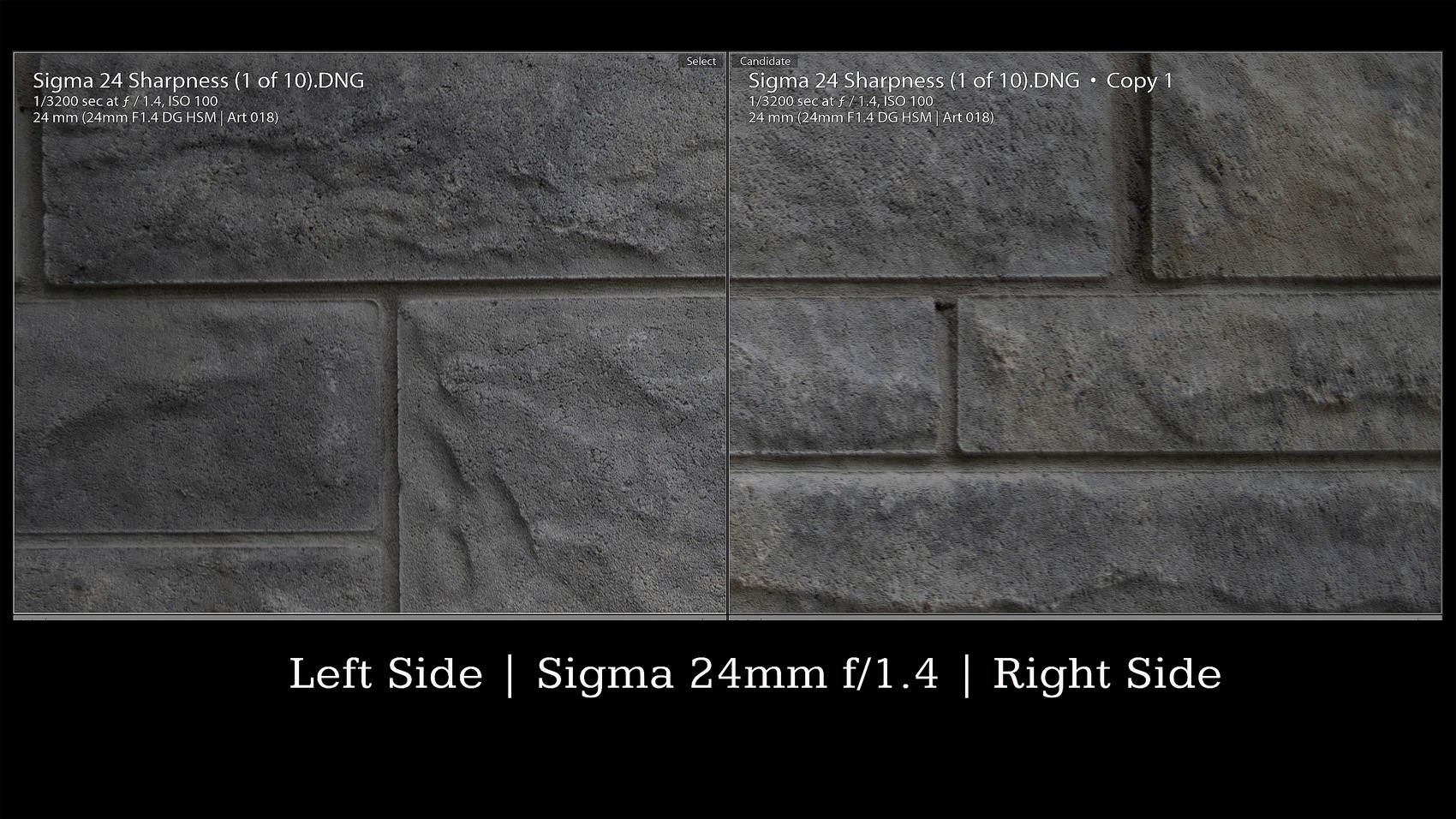
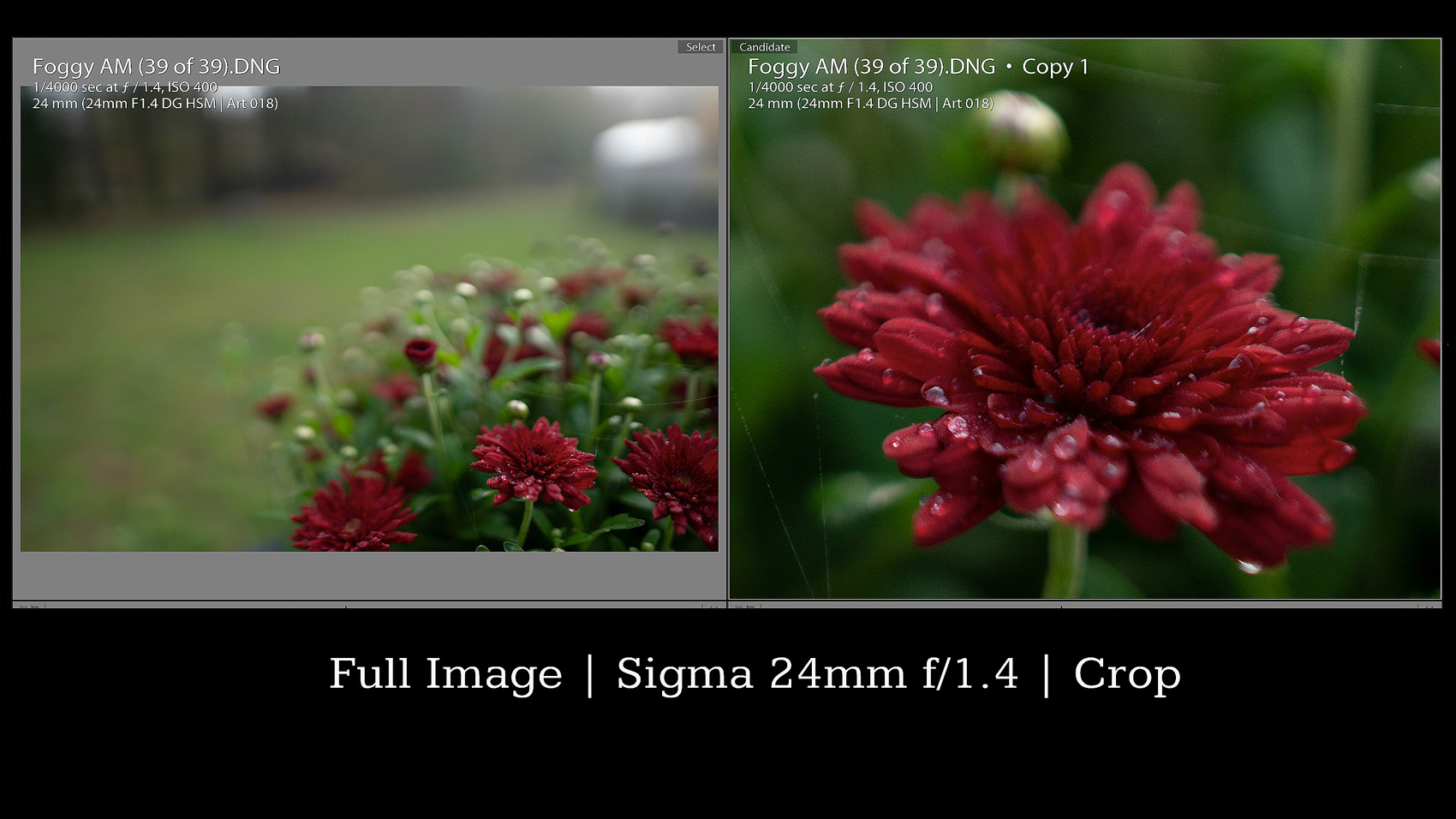

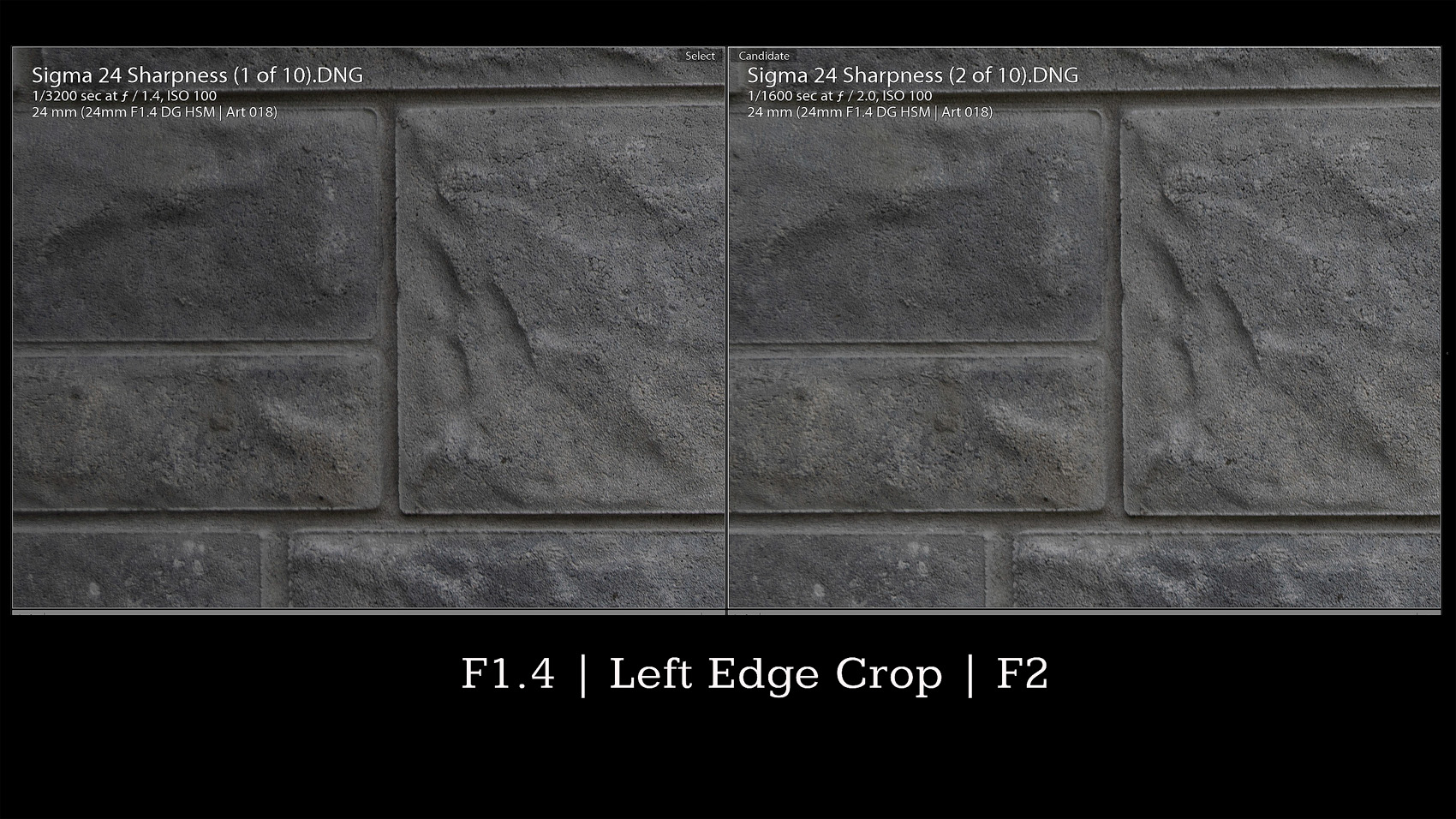
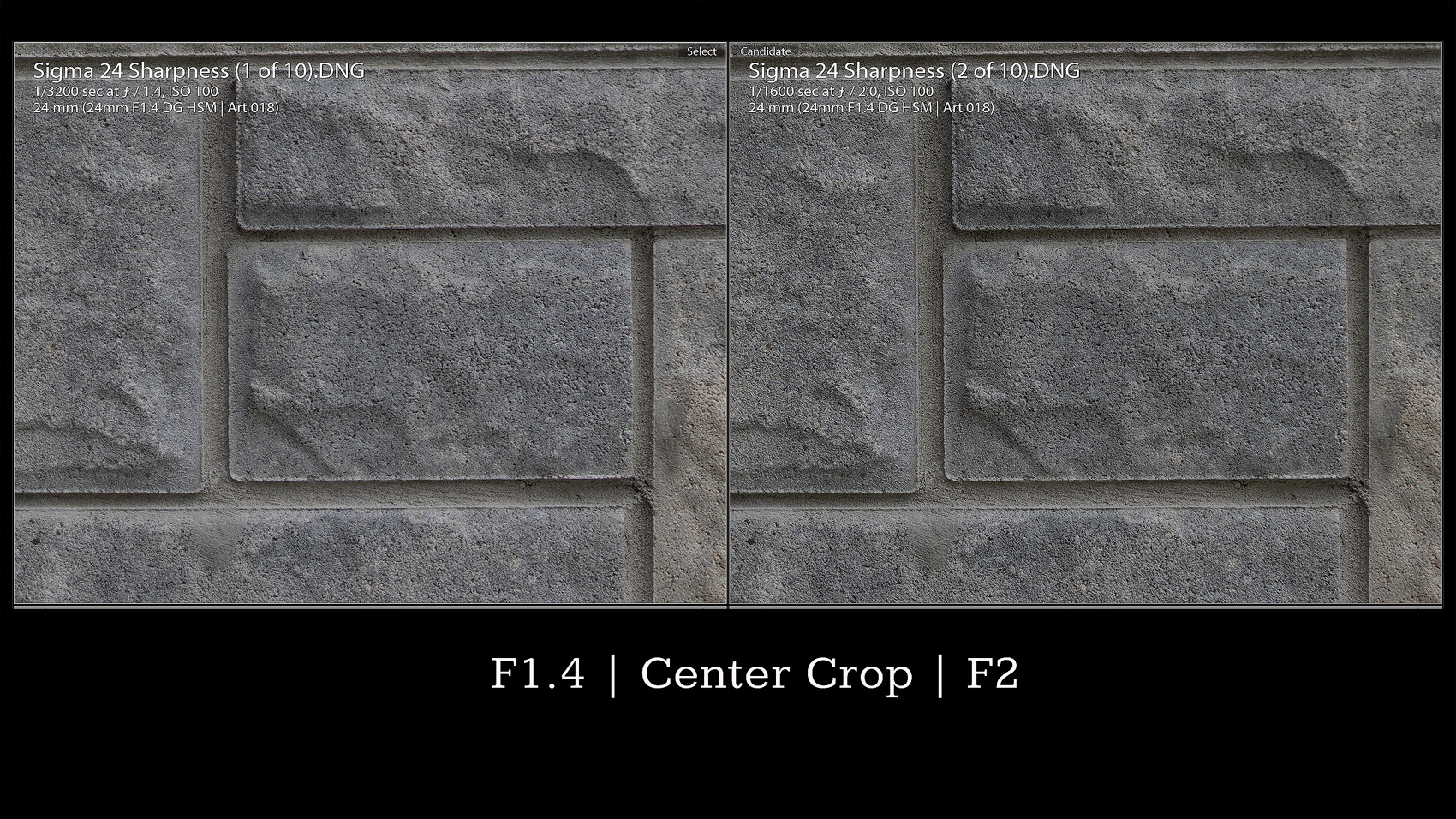
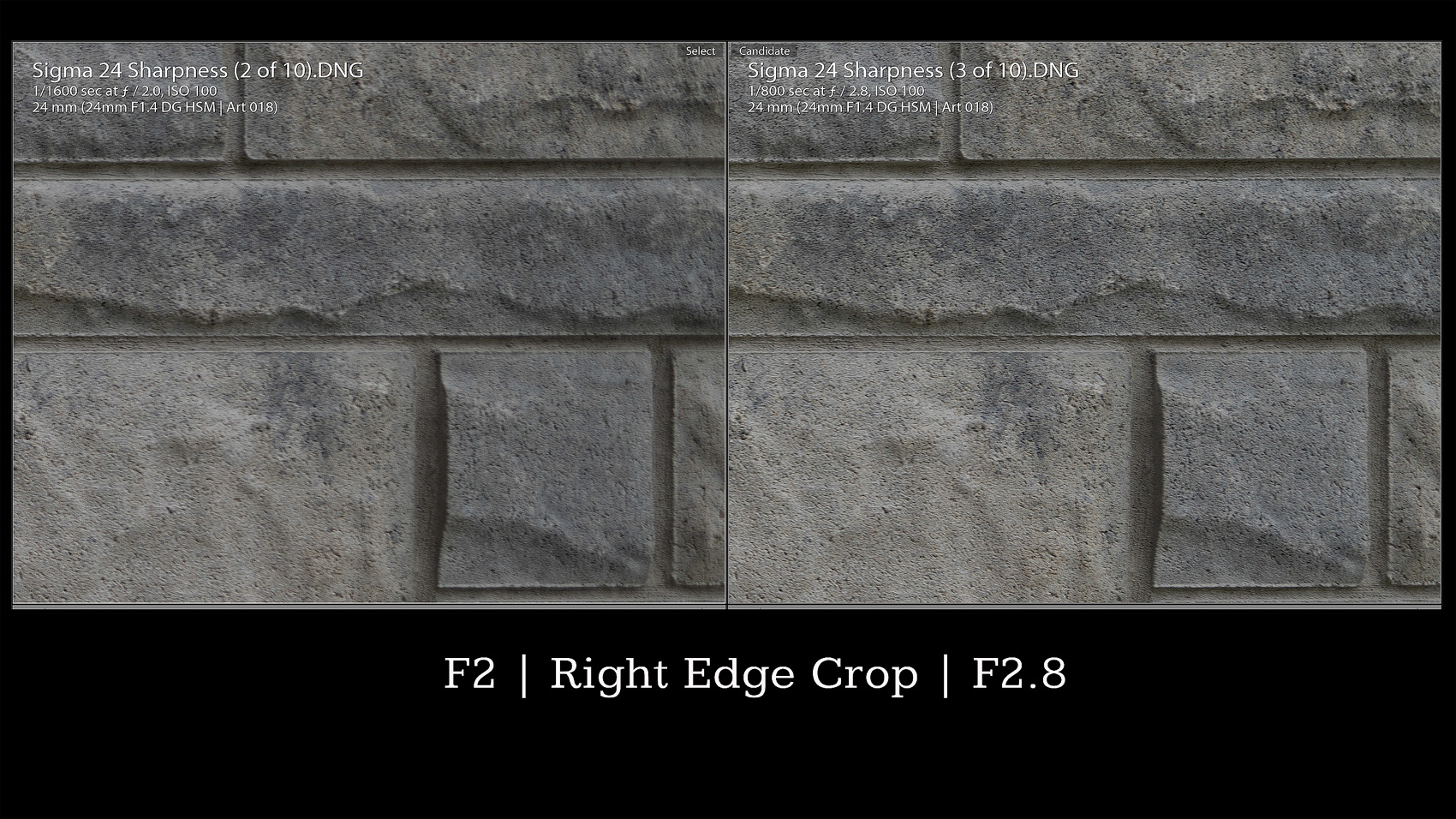

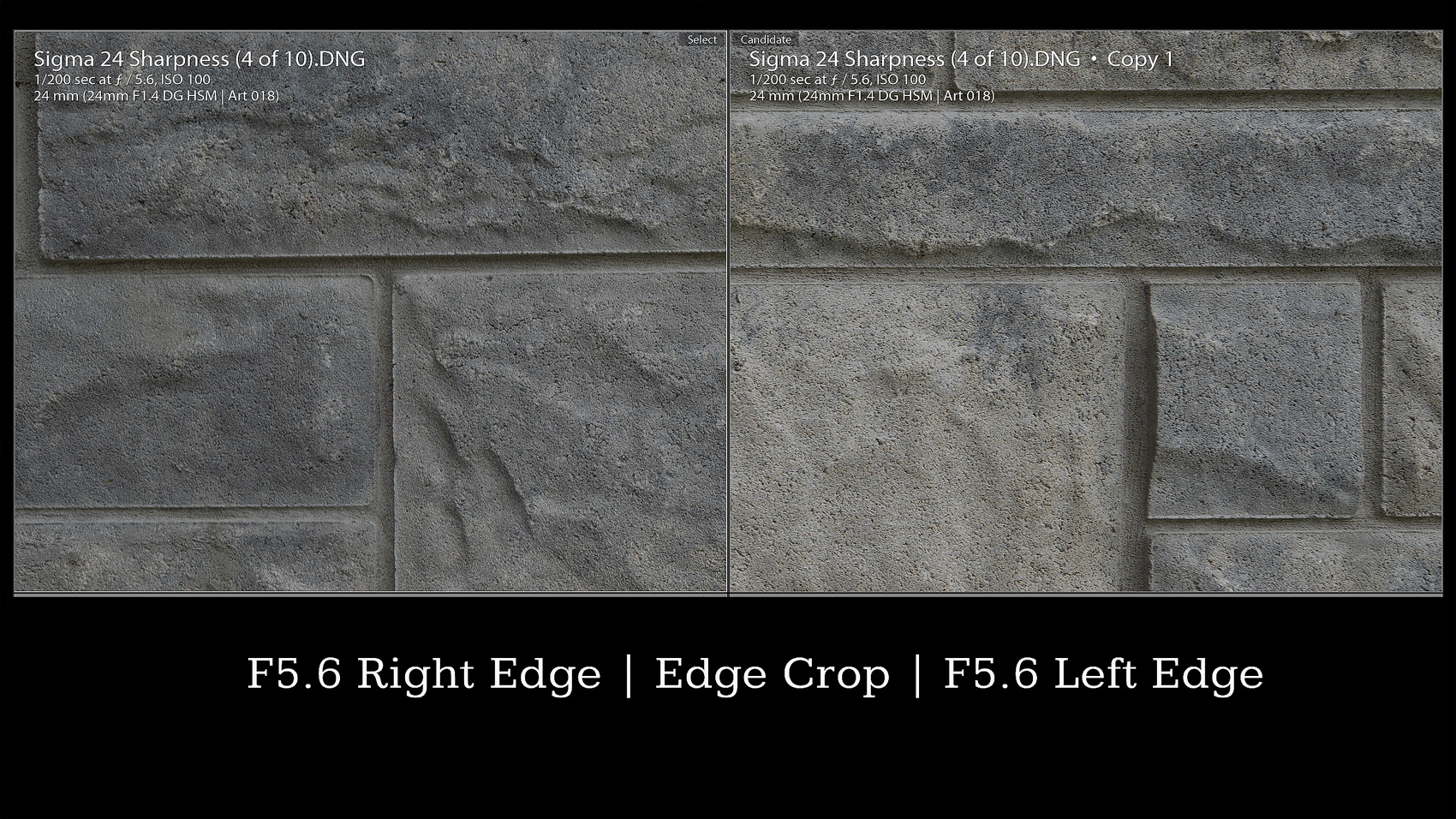









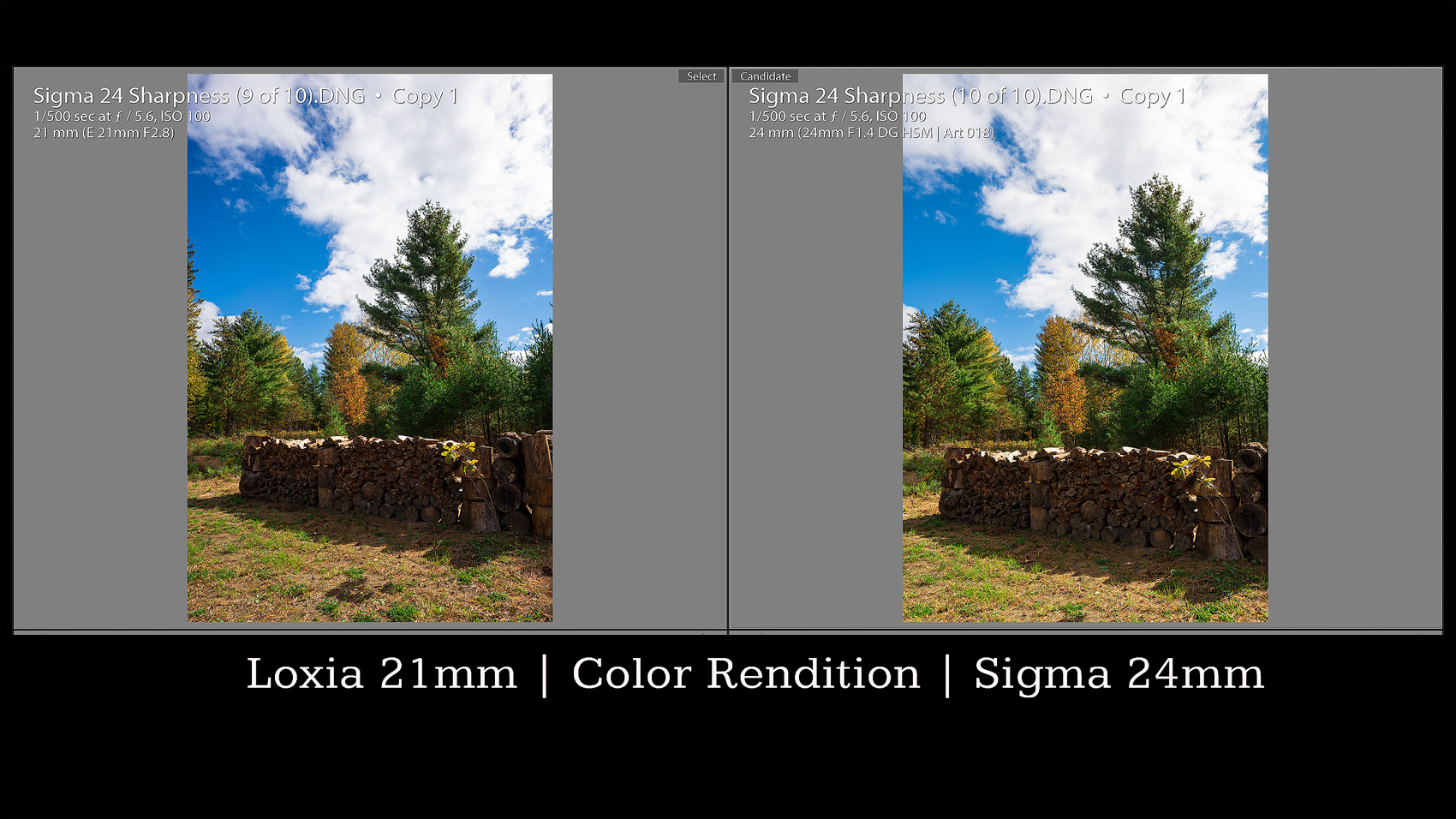












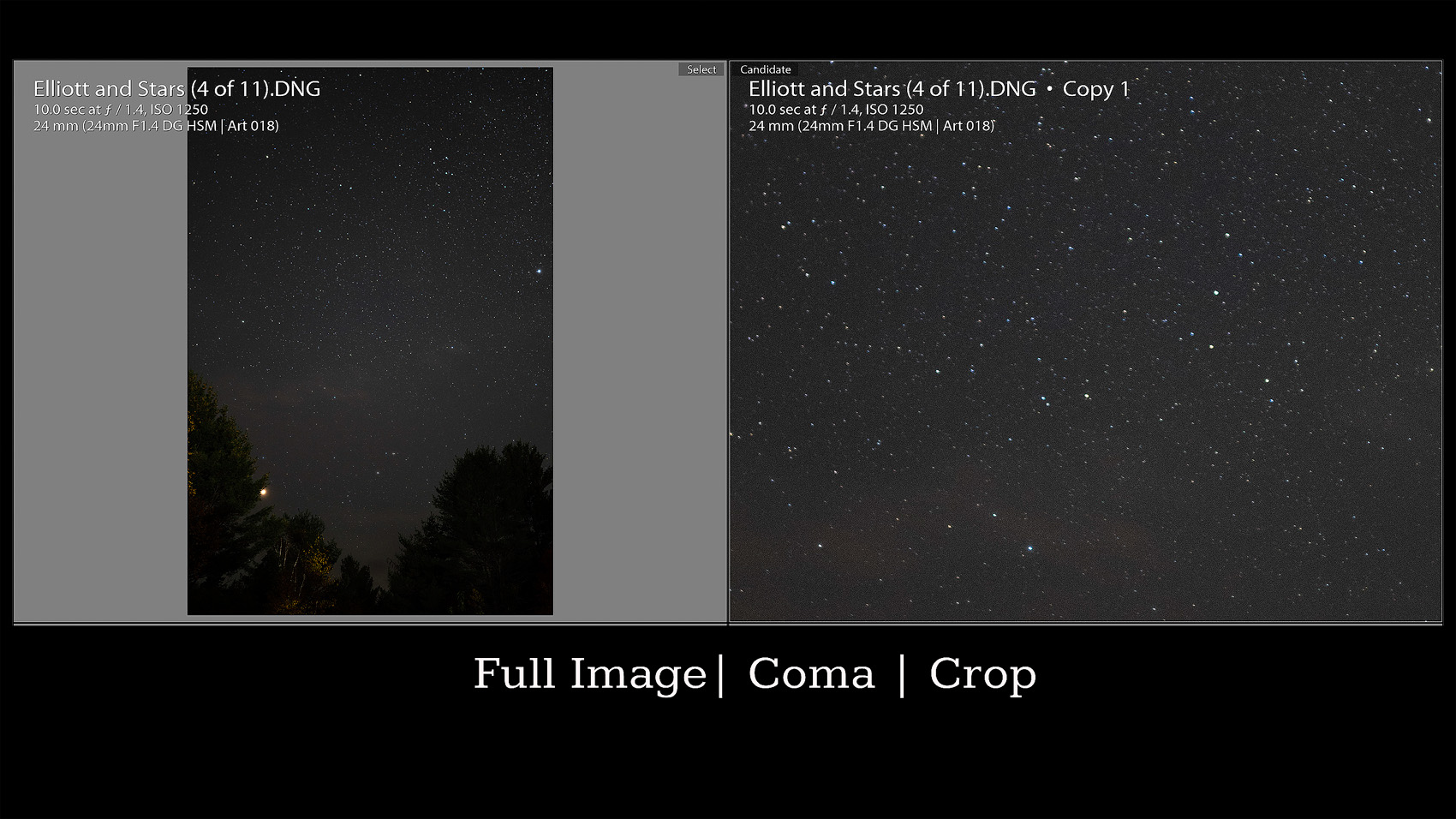
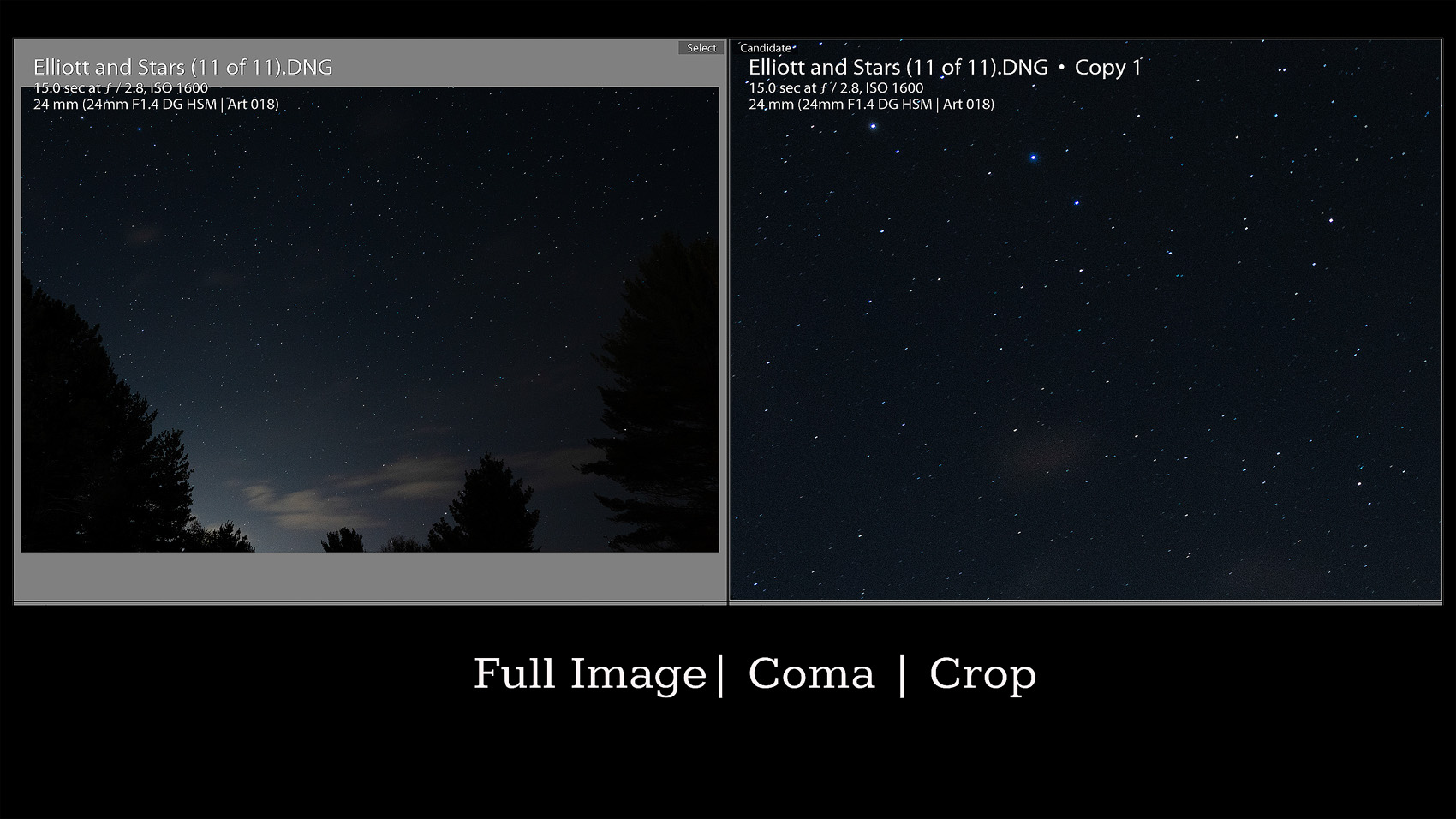





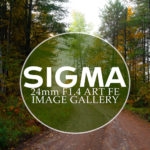

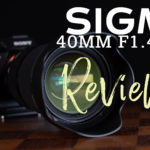


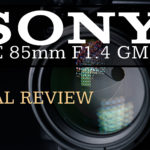




[…] lens that I missed reviewing at its time of release (in 2015). I rectified that in 2018 when I reviewed the newly released version of the lens for Sony FE (full frame mirrorless). My review of that lens was mixed, as I felt that it […]